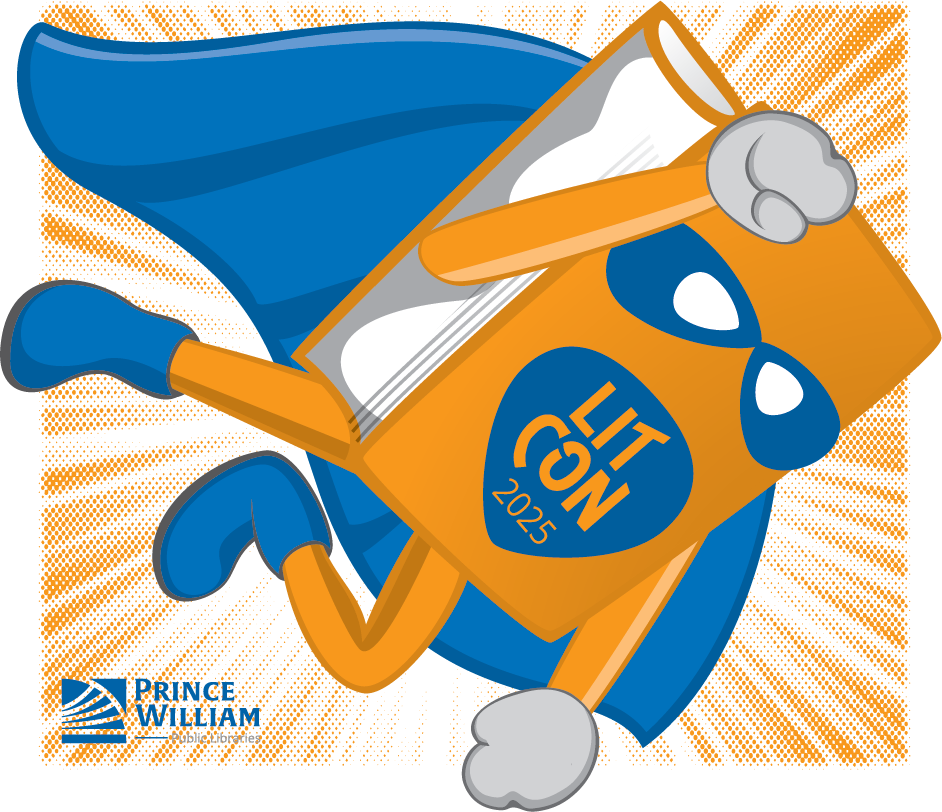How Families in Prince William County Benefit from the Child Tax Credit
Families using money to buy food, make rent and pay down debt
During the pandemic, more resources than ever before have become available for families to not only pay their bills, but to provide a foundation for their future, and one of the most important pieces of legislation that has made that possible is the Child Tax Credit.
One of the major goals of elected officials throughout the country has been to extend the CTC, which gives historical relief to families by providing up to $300 per child a month without having to take any action. One of President Biden’s initiatives has been to extend this through the American Rescue Plan. A new study released last month by the Annie E. Casey Foundation in partnership with the Social Policy Institute at Washington University in St. Louis examined how Virginians are using their Child Tax Credit (CTC) to care for their families. The study features key data on recipients, payment usage and hardship, and food security reduction in Virginia. Among the key findings:
- 37% of Virginia families reported mostly using their CTC to pay down debt, 32% mostly spent their CTC, and 31% mostly saved it.
- The most common uses of the CTC payments among Virginia families were purchasing food for their family (51%), managing bills (34%), and paying their rent/mortgage (29%).
- Eligible Virginia families experienced lower rates of food insecurity, trouble with bills, and difficulty with housing payments after CTC payments went out.
The dates of the study cover the period between July 21st and August 16th, in which the first two CTC payments were deposited in families’ bank accounts. The next payment is scheduled to be released on Friday, October 15.
Delegate Delores McQuinn (D-70th District) stated in a press conference last month that Congress needs to extend the CTC, so families “can continue to use these resources to pay for child care, educational expenses and build wealth, especially in African American families.”
Delegate Elizabeth Guzman (D-31st) who has championed causes for working class families, praised the CTC for helping Hispanic families to receive these resources in Spanish. “When people have access to these resources, they invest more in their local communities,” said Guzman during the press conference.
The Urban Institute has published a new fact sheet showing how expanding the Child Tax Credit (CTC) could reduce childhood poverty across the nation, including by more than a third (from a 14.5% childhood poverty rate to a 9.4% child poverty rate) in Virginia. The fact sheet shows that 96,000 Virginia children would no longer be living in poverty (as defined by the Supplemental Poverty Measure) under this scenario.
The Urban Institute notes, “By making these expansions permanent, policymakers can not only lift 4.3 million children out of poverty but also transform the CTC into one of the most effective tools for reducing child poverty in the U.S.”
The Tax Policy Center released a heat map highlighting the zip codes in which eligible families are most at risk of missing out on the expanded child tax credit. Those areas include communities in Prince William, Hampton Roads, and Richmond. Families who have not received the credit but who believe they are eligible should visit getctc.org. The aforementioned study also mentioned that Black VA families were most likely to receive CTC payments (74%), followed by Asian families and those of other races/ethnicities (72%) and white (70%) families. Fewer than half of Hispanic VA families received the CTC.
Virginia advocacy groups interested in joining the Child Tax Credit Alliance, which is calling for Congress to extend the expanded Child Tax Credit beyond 2021, should contact Katie Baker at katie@muckrakerbaker.com.



